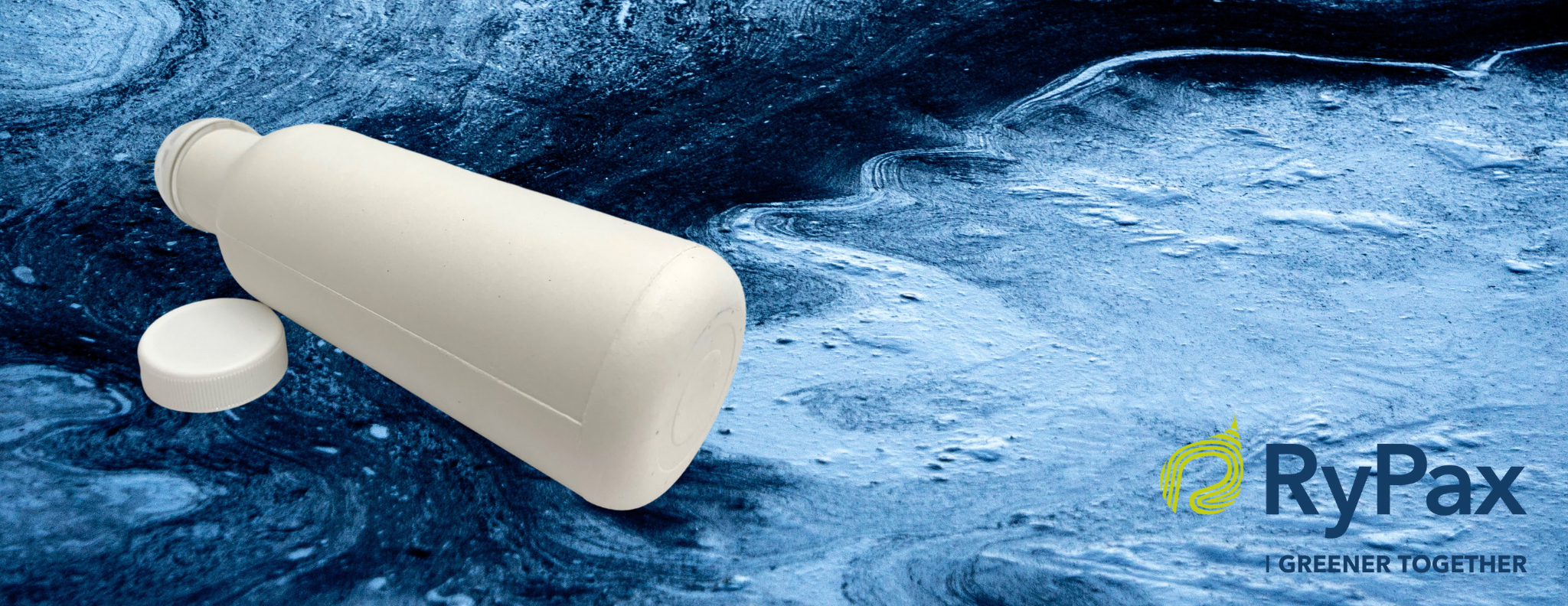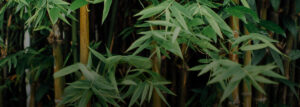Consumer environmental and sustainability concerns now go beyond the product itself. The packaging materials used to contain and protect products have also come under greater scrutiny. As a result, brands in a wide range of industries are reconsidering their approaches to packaging. One key action to adopting sustainable packaging is to reduce or eliminate the use of plastic. By one estimate, if no action is taken, plastics in the oceans will outweigh all of the fish they contain by 2050. Innovative paper bottle solutions are one option to reduce the number plastic bottles damaging ecospheres worldwide.
The Challenge of Eco-friendly Packaging for Liquids
Drinks and foods are often sold in polyethylene terephthalate (PET) containers. This plastic is strong, light, clear, and inexpensive. It does an excellent job of keeping food and beverages fresh and protecting them during shipping, retailing, and use. However, PET bottles have a high environmental impact.
In 2020, the Pew Charitable Trust published a report focused on minimizing plastic pollution. It noted that current government and industry commitments to reduce the amount of plastic ending up in oceans will result in only a 7% reduction by 2040. To accelerate progress, the report includes recommendations on a range of methods to reduce plastic use in products and packaging. It suggests designing recycling-friendly product, expanding waste collection, and improving recycling practices. It also urges manufacturers and brands to use paper and other compostable materials rather than plastics.
Many brands want to reduce — and eventually eliminate — their use of plastic
The Benefits of Paper Bottles
Innovative paper bottles have been designed as a greener alternative to PET bottles. Hybrid bottles combine a recyclable and biodegradable paper container with a waterproof plastic liner. Consumers can take apart the bottle to recycle the outer container. This solution greatly reduces the amount of plastic used in the packaging, while still ensuring that part of the packaging can be recycled.
The best options for a hybrid paper bottle are those that incorporate a molded-fiber exterior. These materials are made from recycled corrugated pulp, paper, or fast growing natural fibers such as bamboo, bagasse, and reeds. In addition to being sustainable from beginning to end, molded fiber packaging solutions offers durability, flexibility, and a smooth feel with excellent draft angles. Top-quality molded filter is also 100% recyclable and biodegradable, as well as Restriction of Hazardous Substances (RoHS) compliant.
Molded-fiber paper bottles can hold water, carbonated water, spirits, detergents, and other liquids. This type of container can help reduce the use of plastic up to 70% as compared to traditional PET plastic bottles. With thoughtful design, the plastic liner and molded-fiber exterior can be taken apart and the exterior can be recycled. This is a significant step to ensure sustainability while research and development of sustainable, commercially viable plastic-free bottles continue.
Moving Toward Plastics-Free Packaging
As the recent UN Climate Change Conference in Glasgow illustrated, people around the world have become increasingly focused on finding solutions to human-caused impacts on the environment. Government are setting environmental, citizens are taking action to become greener in their personal lives and to lower their carbon footprint.
Businesses are also accepting the challenge and social burden of making their products more eco-friendly and sustainable. For example, Nestle Waters has pledged to support moves to implement extended producer responsibility in the beverage industry. Several brands are working toward using hybrid bottles with plastics linings to package their products. For example, a Danish beer brewery is developing two different hybrid paper beer bottles, and an Italian winery is already bottling 80% of its wine in a hybrid paper bottle.
Plastic-free bottles are also in development. One 100% plastic-free prototype is made from wood pulp lined with a spray coating to contain whisky. This is a good first step, although wood pulp is not the best green solution. Even if it comes from sustainable sources, wood pulp requires cutting down trees that have taken many years to grow. But similar research into developing greener packaging technologies point to a bright future for plastic-free bottles.
Switching to an Eco-friendly Paper Bottle
Manufacturers and brands that produce or sell spirits and other liquid products are aware of the need to address environmental concerns about plastic bottles. One effective way to accomplish this goal is to adopt new packaging technologies. Consumers are already choosing more environmentally friendly options for other products, including opting for products made using sustainable resources. They’re eager for product packaging solutions that also address their green preferences.
As industries transition to plastic-free packaging, liquids manufacturers and brands have an available-now alternative to reduce their reliance on plastics. An excellent option is to adopt a hybrid bottle that combines a with a plastic lining. Molded-fiber bottle solutions provide all the benefits of PET bottles while significantly reducing the amount of plastic used.











